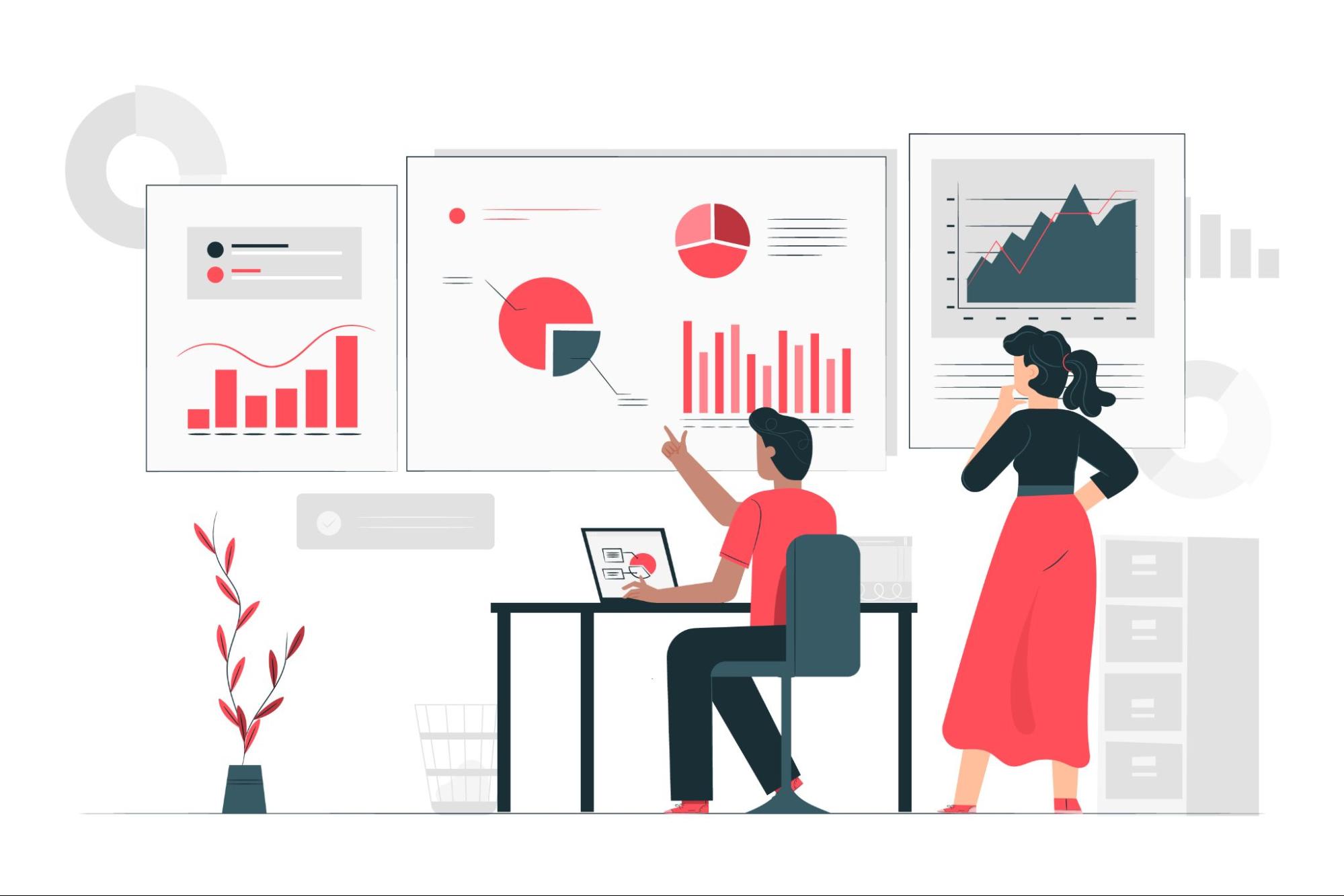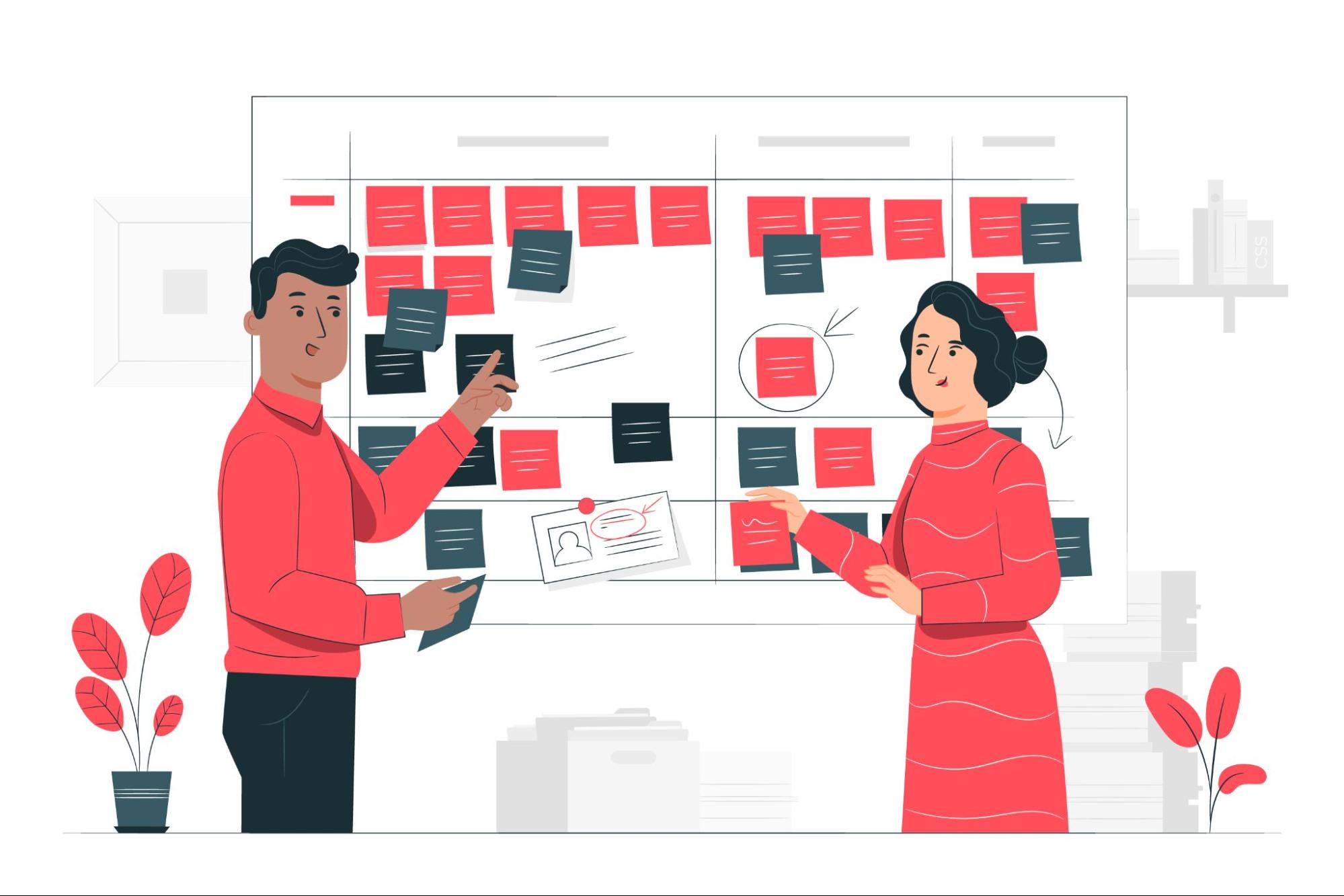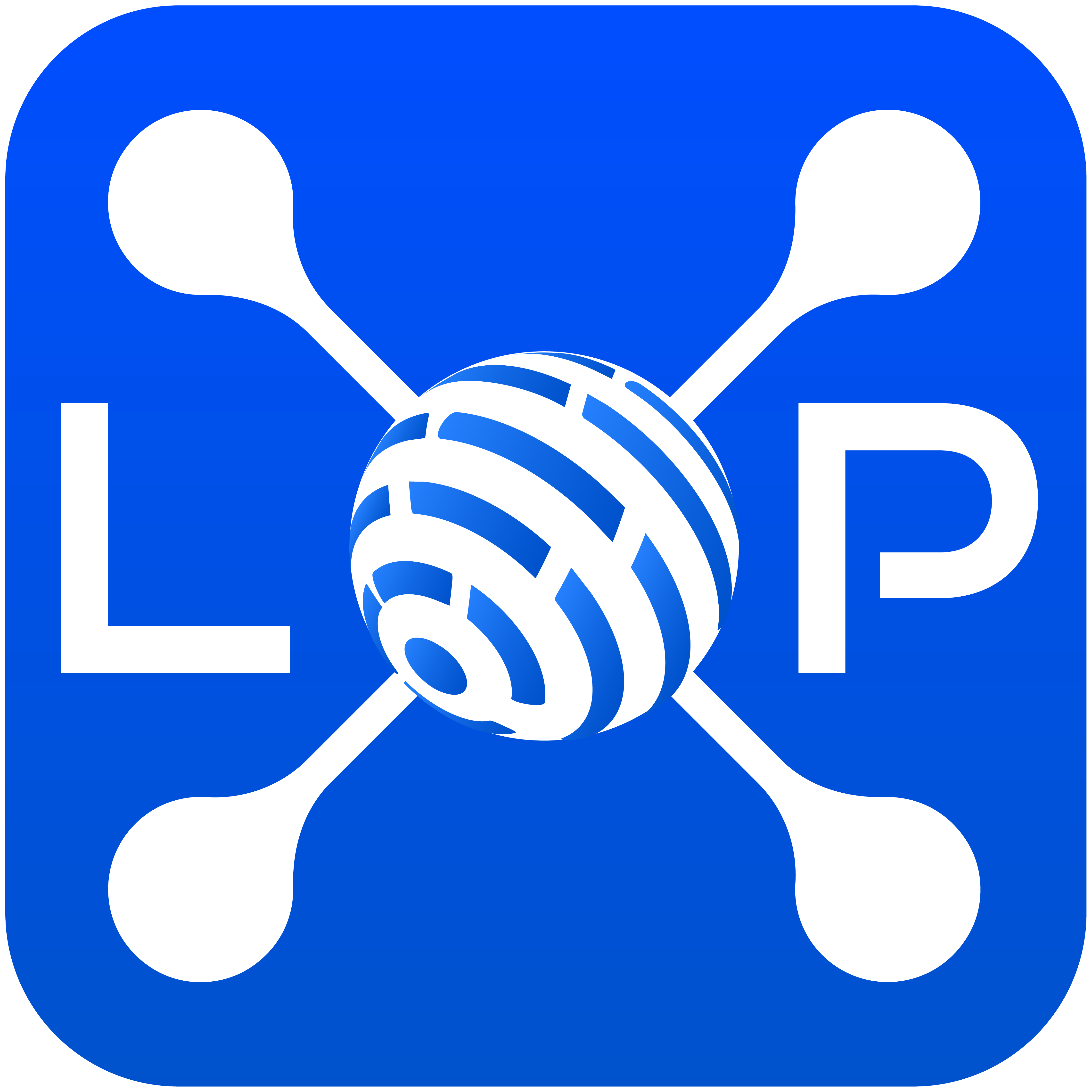

Are you looking for a comprehensive project management tool to help you get the most out of monday.com? Look no further than LXP by Optimizory : the newly launched app on monday platform. monday.com's LXP empowers users to take their project management to the next level with features like automated workflow, real-time analytics, and team collaboration. By leveraging the power of monday.com, LXP allows users to navigate complex projects and tasks easily while providing an intuitive and customizable platform to help them stay organized and on top of their assignments.
LXP provides users with powerful tools for project management, including the ability to create automated workflows and real-time analytics to help them stay on track and identify potential issues. Additionally, users can take advantage of features like team collaboration, which allows them to coordinate projects and tasks with their colleagues in real-time.
With LXP, users can learn the ins and outs of project management and how to utilize monday workflow management features best. This allows them to make the most of their project management efforts and maximize their productivity.
The launch of the LXP on the monday app is a game-changer for project managers and teams looking to unlock the power of project management on the platform. With its powerful tools and intuitive interface, monday.com's LXP makes project management easier. With LXP, project managers and teams can easily navigate their projects and tasks while staying organized and on top of their assignments.
So what are you waiting for? Try out LXP by Optimizory on the monday platform and unlock the power of project management!
To further recognize the value of LXP or even monday.com in general, it is beneficial to understand the role of the Requirement Traceability Matrix(RTM). RTM is a tool project managers use to ensure that all requirements are met throughout the project life cycle. It allows project managers to track project requirements from planning, design, development, testing, and deployment and provide visibility into the project's progress. So, let us understand about the Role of RTM in Requirement Traceability next.

A fundamental tool that plays a pivotal role in Requirement Traceability is the Requirement Traceability Matrix (RTM). This comprehensive matrix is the project's compass, enabling stakeholders to trace the path forward from requirements to design, implementation, and rigorous testing phases. Simultaneously, it facilitates vital backward tracing, allowing stakeholders to navigate from defects or changes to their originating requirements. This intricate web of connections is the linchpin for project teams, ensuring clarity, consistency, and unambiguous accountability throughout the software development process.

Create a Clear Traceability Map: Develop a robust Requirement Traceability Matrix (RTM) comparable to a carefully drawn map in software development. This detailed matrix should thoroughly outline relationships between requirements, design components, test cases, and key project elements. Keep the RTM updated diligently as the project progresses, as its effectiveness is crucial for project success.
Requirement Traceability is not just an optional add-on; it's the foundation of successful software development. Neglecting it can have disastrous consequences. By following these best practices on monday tool, exploring advanced tools like Optimizory LXP, and drawing inspiration from successful case studies, mastering Requirement Traceability becomes the guiding light steering your project toward clarity, accountability, and ultimate success .
Mastering Requirement Traceability is the key to steering your projects towards success, ensuring precision, accountability, and delivering software that aligns seamlessly with the vision and requirements. Explore Optimizory's solutions today to unlock the full potential of Requirement Traceability. Choose your tools wisely on monday management, embrace the best practices, and let the success stories of organizations guide your way.

A learning experience platform designed for modern teams.